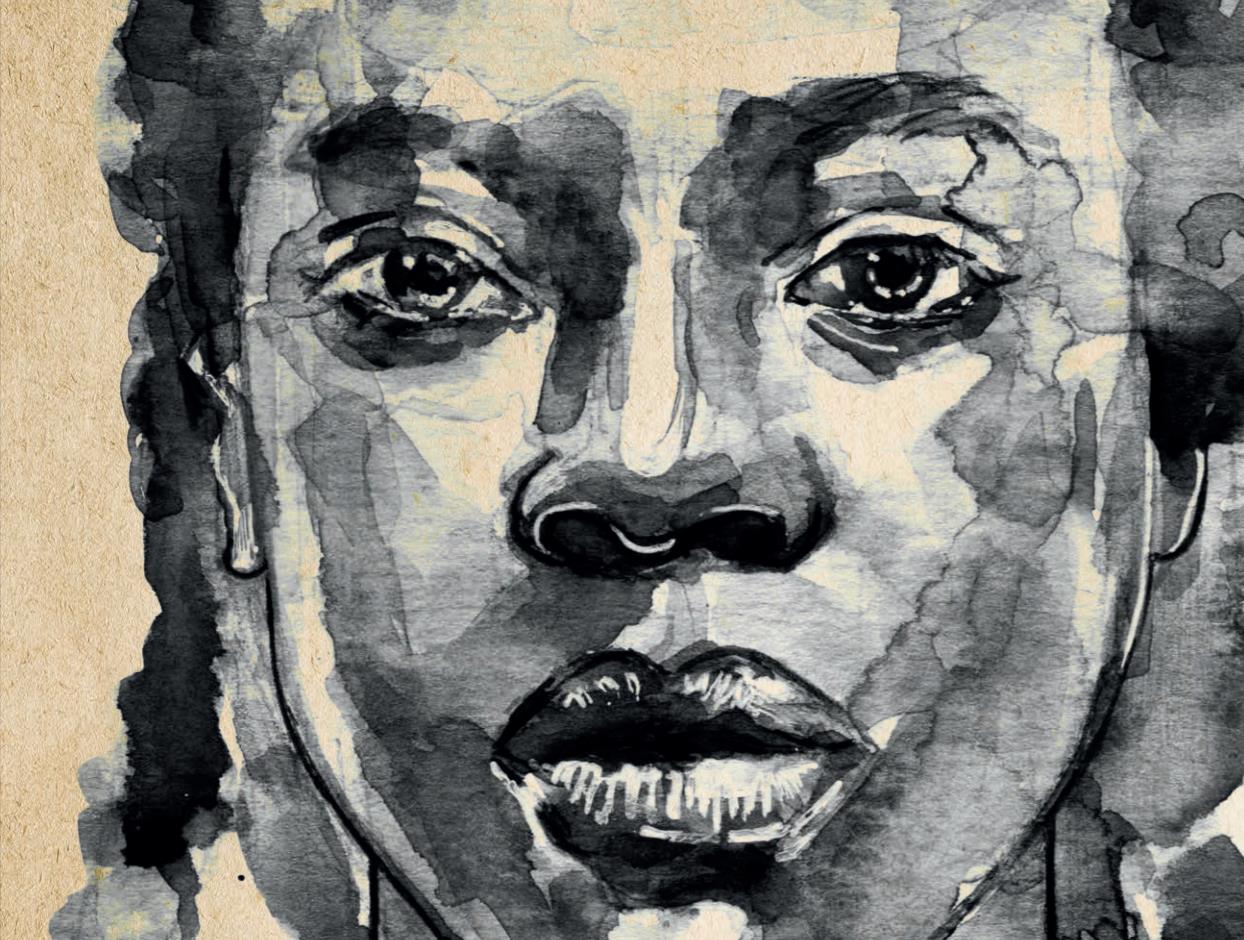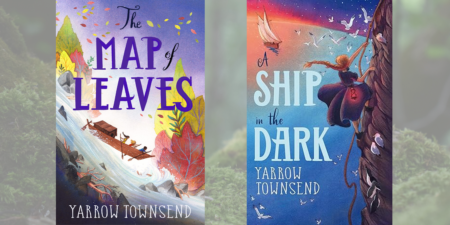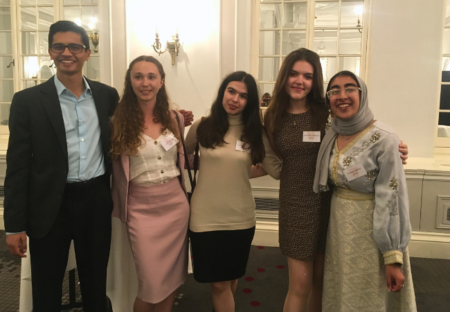I am an African American woman who wants to become a physician. Throughout my life, I’ve been told that being black and a woman precluded me from this dream.
I tried my best to ignore these hateful messages, but the absence of black women physicians in my life left a deep cave where these harmful words were free to echo. If black women could become physicians, why didn’t I know about any?
It wasn’t until I had trudged far enough through peoples’ prejudice and my own self-doubt, making it to the medical school application cycle, that I finally came to know black women physicians. This discovery lifted a huge weight off of my shoulders. I needed to see someone like me in the medical profession in order to feel confident that I could also make it. The simultaneously shocking and frustrating aspect about this finding is that African American women have been successful physicians for over a century, but their triumphs have been hidden. This erasure bolstered prejudiced messages and convinced black girls that their medical aspirations were unreachable. Now that I am a medical student, embarking on my own medical journey, the stories of black women physicians who paved the way for students like me give me strength.
One such story is that of Dr May Chinn. In 1896, May Chinn was born in Great Barrington, Massachusetts to a father who was a runaway slave and a mother whose birth just after the Emancipation Proclamation was signed meant that she narrowly avoided bondage. Neither parent had a college education. With May’s father only able to attain menial jobs, her mother worked as a live-in cook to help support the family. Mrs Chinn was able to get a good job working for Charles Tiffany, the founder of the luxury jewellers, Tiffany & Co., and his family. After developing osteomyelitis, a bone infection, while at a predominately black vocational school, May moved in with her mother and the Tiffany family until she was recovered.
May Edward Chinn during her years at Teacher’s College, c. 1917. George B. Davis, PhD, photograph by E. F. Foley, NY (Source: U.S. National Library of Medicine)
During this time, May received opportunities available to very few African American children. Treated like another child in the Tiffany home, she was able to sit in on the tutoring sessions, learning Classics, French and German. She even accompanied the family into New York City for outings like watching the circus or Walter Damrosch concerts. This experience gave her a strong education and exposed her to the arts, for which she developed a passion over the years.
Mrs Chinn saw as strong education as May’s only route for socioeconomic mobility. High school wasn’t enough. She pushed her daughter to go to university. May took an admission exam for Columbia University and scored so well that she was admitted as a full-time student with 20 college credits. Mentorship from a science teacher at Columbia eventually led May down the path of medicine, and her shining college record earned her admission into the prestigious Columbia University Vagelos College of Physicians and Surgeons, though she chose to attend New York University Medical College due to financial constraints. Before starting medical school, she worked as a musician and an accompanist for Paul Robeson, a famous African American bass baritone concert artist, to help raise money for her studies.
May made it through medical school relatively unscathed, but things became difficult after she graduated in 1926. Residency programs refused to admit her because she was a black woman, so she worked long hours as an apprentice for more experienced physicians. Racism and sexism marred these experiences, too, when even after working with them for years, treating their wives and children, the physicians she apprenticed refused to acknowledge May in public.
Eventually, she’d had enough of this maltreatment and decided to start her own medical practice. Due to racial segregation in hospitals, Dr Chinn treated African American patients in their homes with far fewer resources than would be available in a hospital. She would deliver babies and carry out surgical operations in patients’ homes, often utilizing family members as her nurses. Their bedrooms were transformed into the operating room. Their coal stoves became the sterilization unit for the wound dressings.
These black women physicians have been erased from our history books for far too long
Dr Chinn was an extremely hardworking and innovative physician, but she also had fun. She maintained her passion for the arts even after she began working in the medical field. In addition to Paul Robeson, she became close with other leaders of the Harlem Renaissance. She, along with other members of this black intellectual community, would go to coffee houses in Harlem and listen to prolific writers like Countee Cullen and Langston Hughes. But these writers were not performing their finished works. They were sharing their works in progress with their community and seeking feedback. In addition to supporting these writers and their creative process, Dr Chinn remained in tune with her own creativity. She continued performing with Paul Robeson. Sometimes they would sing and play piano at recitals hosted by Madam C. J. Walker, a black woman who was America’s first female self-made millionaire.
Dr May Chinn’s story is filled with great obstacles and immense triumphs. She and countless other black women physicians have made significant impacts to medicine and American society as a whole, oftentimes behind the scenes. These black women physicians have been erased from our history books for far too long. It’s time that they, and their contributions, be made visible for all to see.
My research into this topic began during my MPhil in History of Science, Medicine and Technology at the University of Oxford as a member of Hertford College. After completing my degree this past summer, I started medical school at the University of Pennsylvania in the US. Now I’m writing a book on the history of black women physicians to be published by Beacon Press.



